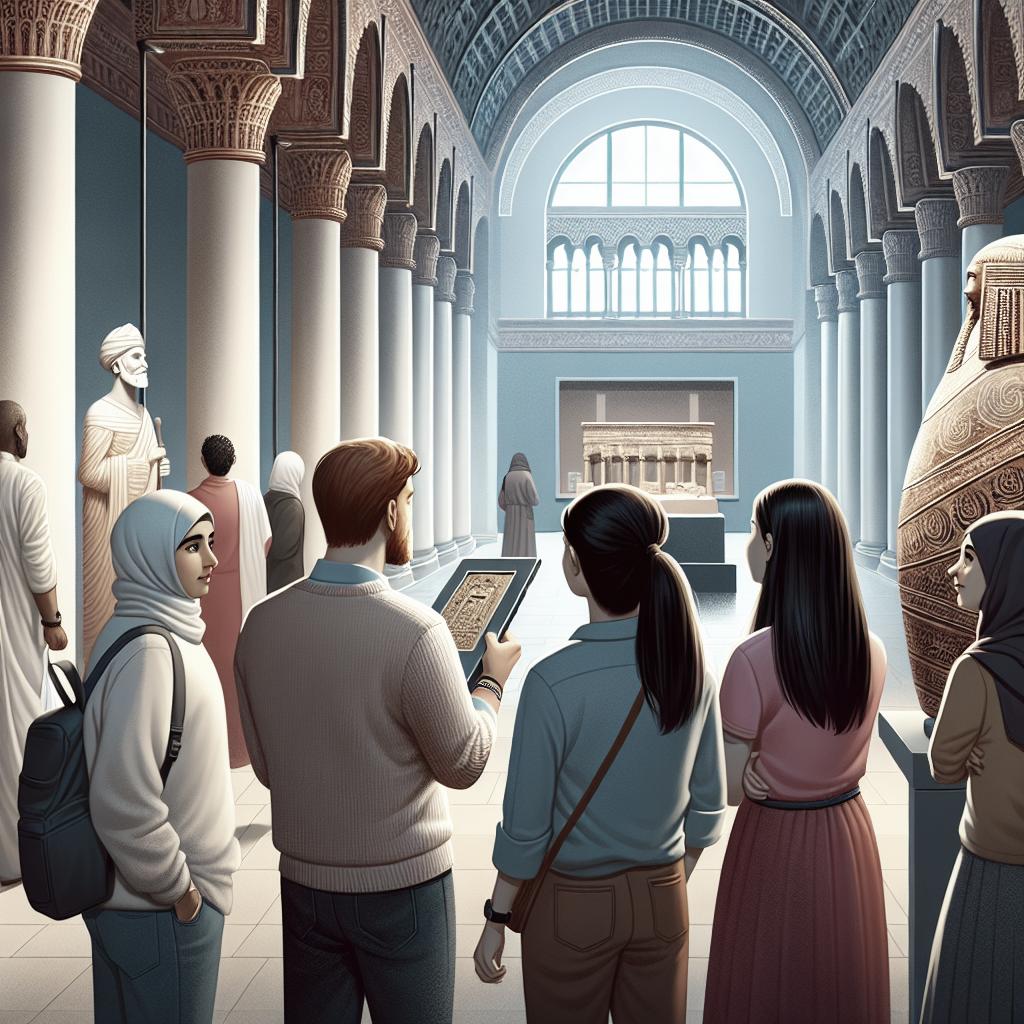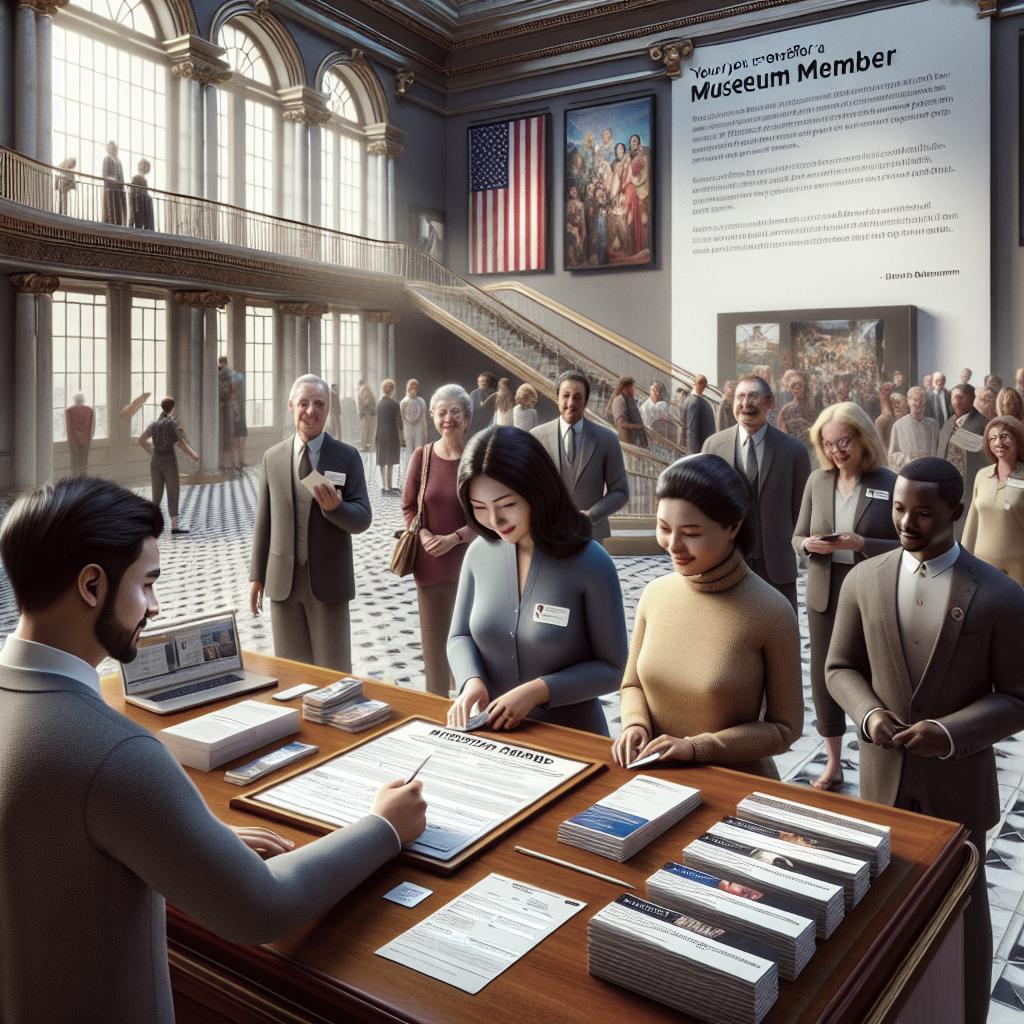Many museums around the world house extraordinary collections of art, history, and culture. They serve as windows into different eras and artistic periods, allowing visitors to experience the grandeur of ancient civilizations, the curiosity of the technological revolution, and the diversity of world cultures. This blog post explores the top international museums you should consider visiting, each offering unique experiences and remarkable exhibits. From the majestic collections of The Louvre in France to the meticulously preserved artifacts in the Egyptian Museum, we’ll take a global tour of the places that hold the finest pieces of human history and creativity. Read on to learn why these renowned institutions are must-visit destinations for any art or history enthusiast. —
1. The Louvre, France
The Louvre in Paris is arguably one of the world’s most famous and visited museums. Originally built as a fortress in the late 12th century, this iconic structure was transformed into a royal palace before becoming a public museum in 1793. The Louvre’s collection spans over 38,000 pieces, from ancient civilizations to the 19th century. Its crown jewel, Leonardo da Vinci’s “Mona Lisa,” attracts millions of visitors worldwide. Besides housing the “Mona Lisa,” the Louvre offers an extensive array of other masterpieces, such as the “Venus de Milo,” the “Winged Victory of Samothrace,” and Eugene Delacroix’s “Liberty Leading the People.” Its art collections cover various schools and movements, making it an essential destination for anyone interested in experiencing a wide range of artwork under one roof.
2. Smithsonian National Air and Space Museum, USA
Located in Washington, D.C., the Smithsonian National Air and Space Museum is a dream come true for aviation and space enthusiasts. Opened in 1946, the museum boasts the largest collection of historic aircraft and spacecraft globally, including the Wright Brothers’ “Wright Flyer,” Charles Lindbergh’s “Spirit of St. Louis,” and the Apollo 11 Command Module. The museum is also a hub for research and education, providing detailed chronologies and interactive exhibits chronicling the history of human flight and space exploration. With engaging hands-on displays and immersive IMAX screenings, visitors of all ages can explore the innovations that have shaped our understanding and experience of flight.
3. British Museum, England
Founded in 1753, the British Museum in London is one of the world’s oldest and most comprehensive museums. Its collections span over 2 million years of human history, boasting artifacts from every part of the globe. Highlights include the Rosetta Stone, which was instrumental in deciphering Egyptian hieroglyphs, and the Elgin Marbles from the Parthenon in Athens. The British Museum is divided into several departments, each focusing on different regions and periods, such as ancient Egypt, the Near East, Greece and Rome, and Asia. The museum’s vast and varied collection provides an invaluable resource for researchers, historians, and casual visitors looking to marvel at the complexities of human civilization.
4. Vatican Museums, Vatican City
Nestled within Vatican City, the Vatican Museums represent one of the most eminent cultural and art institutions in the world. Established by Pope Julius II in the early 16th century, the museums display the immense collection amassed by the Roman Catholic Church over centuries. The highlights include the Sistine Chapel ceiling painted by Michelangelo and the Raphael Rooms adorned with frescoes by Raphael. The museums feature a range of exhibits from Etruscan and Ancient Egyptian artifacts to modern religious arts. Museums’ guided tours provide deep insights into the thematic elegance and historical contexts of the artworks, enabling visitors to connect with the spiritual and historical significance magnificently embedded within the walls.
5. The Metropolitan Museum of Art, USA
Often referred to as “The Met,” the Metropolitan Museum of Art in New York City is one of America’s most prestigious and extensive art institutions. Founded in 1870, its collections encompass more than 2 million works from across the globe, spanning 5,000 years of history. Key highlights include collections of American art, arms and armor, costumes, and classical antiquities. Additionally, The Met features extensive galleries of European masters such as Rembrandt, Vermeer, and Caravaggio, along with substantial collections of Islamic, African, and Asian art. The Grace Rainey Rogers Auditorium and the Thomas J. Watson Library further enhance visitor experience by offering lectures, performances, and educational resources.
6. State Hermitage Museum, Russia
Situated in Saint Petersburg, the State Hermitage Museum is Russia’s largest and oldest museum, dating back to 1764. Established by Empress Catherine the Great, the museum includes over 3 million pieces, ranging from prehistoric artifacts to modern art. The extensive collection is exhibited within six buildings along the iconic Palace Embankment. Highlights include the museum’s vast assemblage of Western European art, with works by Leonardo da Vinci, Raphael, and Titian among the centerpiece attractions. The dazzling architecture of the Winter Palace, the classical art galleries, and the historically rich interiors make the Hermitage a cultural treasure trove.
7. Prado Museum, Spain
Founded in 1819, the Prado Museum in Madrid is Spain’s premier repository of European art. This extraordinary museum focuses on Spanish artists, with masterpieces by Goya and Velázquez being some of its most prized possessions. Key exhibits include Velázquez’s “Las Meninas” and Goya’s “The Third of May 1808,” both representing significant milestones in art history. In addition to its Spanish masterpieces, the Prado showcases impressive collections of Flemish, Italian, and French art. Notable works include pieces by Hieronymus Bosch, Titian, and Peter Paul Rubens. The museum’s commitment to maintaining and restoring artworks ensures that future generations can continue to appreciate these historical treasures.
8. National Museum of China, China
Set on the eastern side of Tiananmen Square in Beijing, the National Museum of China stands as one of the globe’s largest museums. Merged from two previous institutions in 2003, it features an extensive collection of nearly 1 million artifacts that narrate China’s long and intricate history, from ancient times to the modern era. Exhibits range from ancient bronzes, ceramics, and Buddhist statues to contemporary and revolutionary art pieces. Highlights include the “Simuwu Ding,” the largest ancient bronze vessel, and elaborate jade creations from the Han dynasty. The museum’s narrative presents a richly detailed historiographic account of China’s evolution, providing visitors with an unmatched educational experience.
9. Egyptian Museum, Egypt
Located in Cairo, the Egyptian Museum is home to the most extensive collection of ancient Egyptian artifacts worldwide. Since its establishment in 1902, the museum’s collection has grown to include over 120,000 items, including the famous treasures from Tutankhamun’s tomb, which include his gold death mask. The museum also boasts large-scale statues, meticulously carved sarcophagi, intricately painted papyrus scrolls, and remains from various pharaonic periods. Visitors can delve into the rich history of ancient Egypt, exploring objects of daily life and the opulence of the afterlife, all under the vast and intriguing themes of Egyptian culture and legacy.
10. Tokyo National Museum, Japan
Housing the largest collection of Japanese art and cultural artifacts, the Tokyo National Museum is Japan’s oldest and most comprehensive museum. Established in 1872, it comprises over 110,000 pieces, including ceramics, kimonos, samurai swords, and exquisite Edo-period artworks. With its extensive collections, the museum highlights Japan’s artistic innovations and cultural practices through the ages. Notable exhibitions include ancient pottery, classical Buddhist statues, and elegant scroll paintings. Complemented by seasonal exhibits and cultural events, the museum provides an expansive view of Japan’s historical and artistic landscape. —
| Museum | Location | Highlight |
|---|---|---|
| The Louvre | France | “Mona Lisa” |
| Smithsonian National Air and Space Museum | USA | Wright Flyer |
| British Museum | England | Rosetta Stone |
| Vatican Museums | Vatican City | Sistine Chapel |
| The Metropolitan Museum of Art | USA | American and European Art |
| State Hermitage Museum | Russia | Western European Art |
| Prado Museum | Spain | “Las Meninas” |
| National Museum of China | China | Ancient Bronzes |
| Egyptian Museum | Egypt | King Tutankhamun’s treasures |
| Tokyo National Museum | Japan | Japanese Art and Artifacts |


